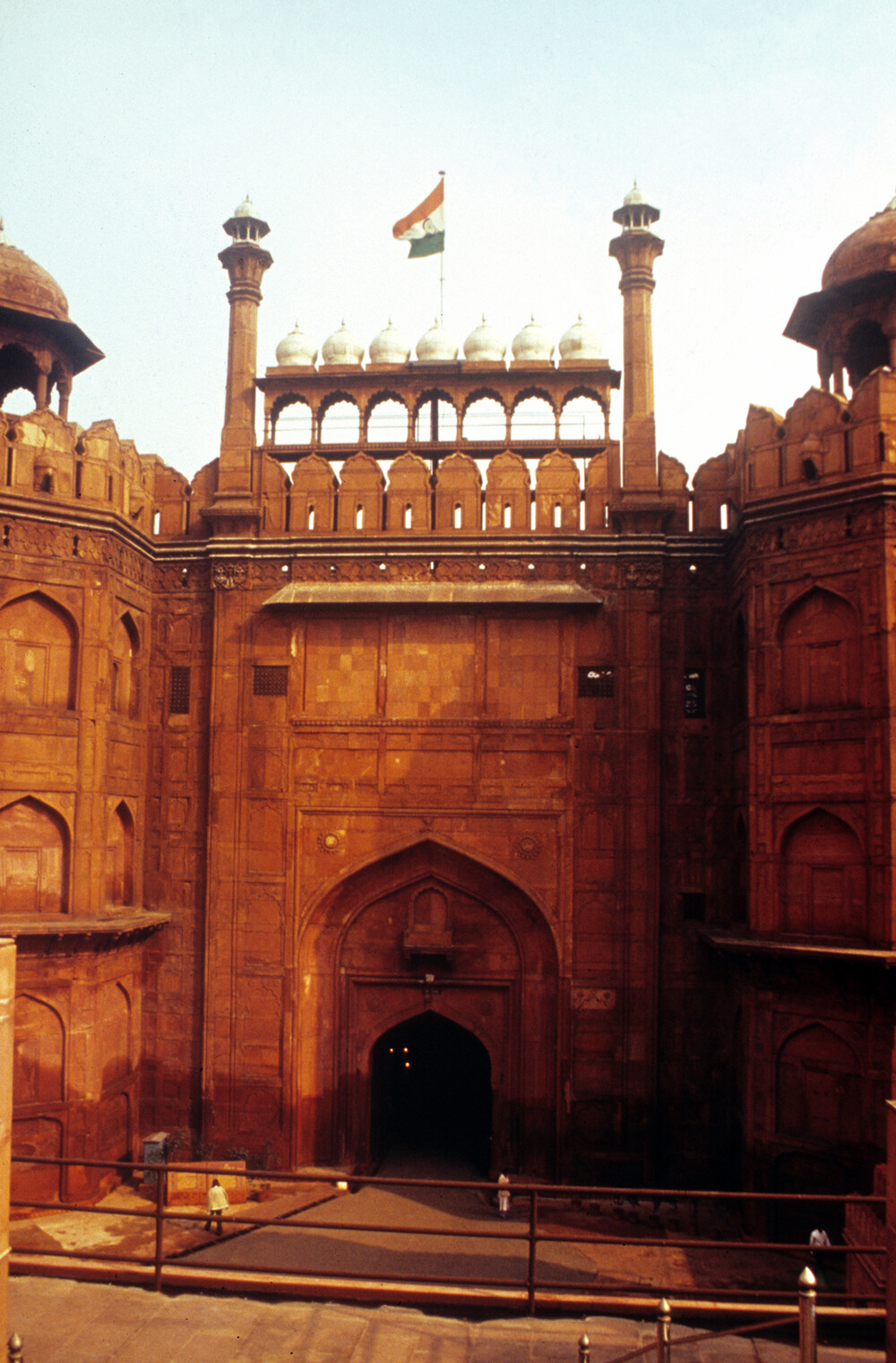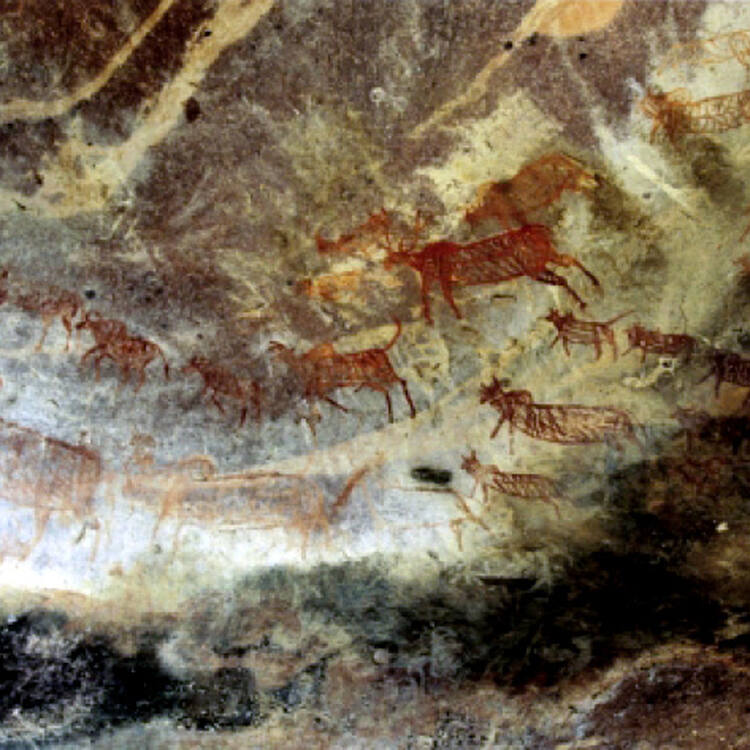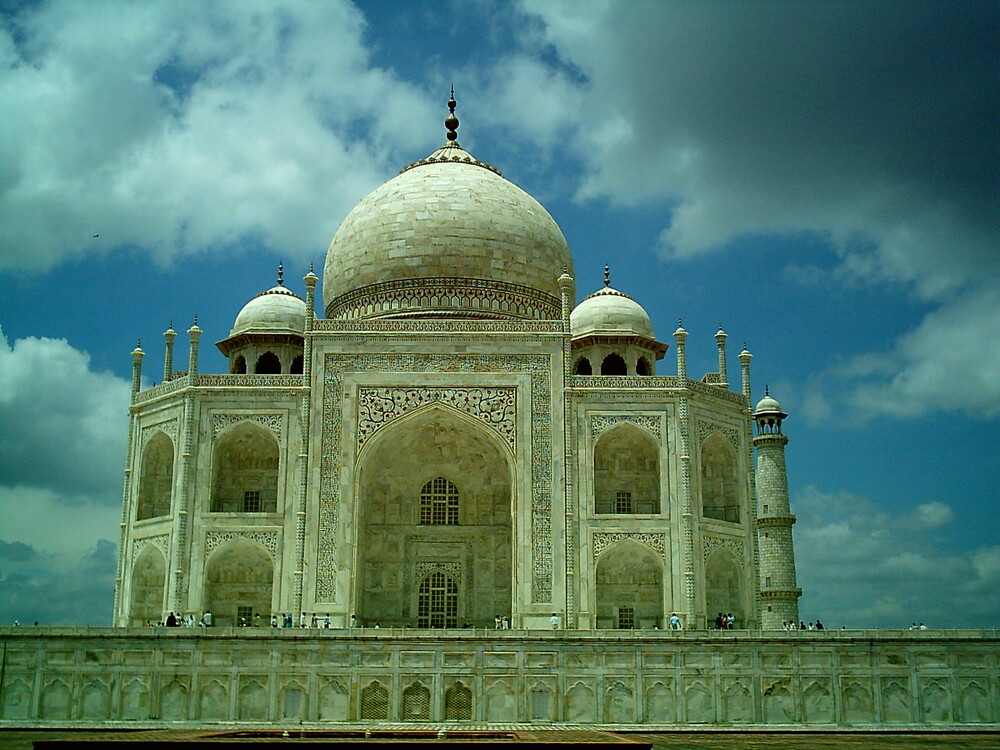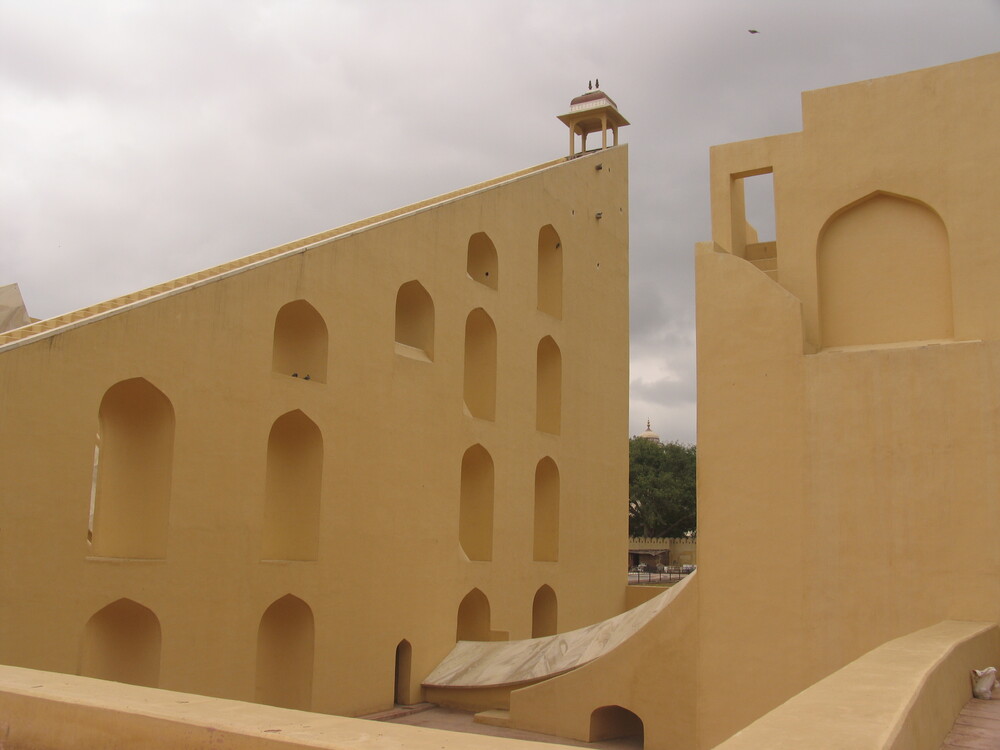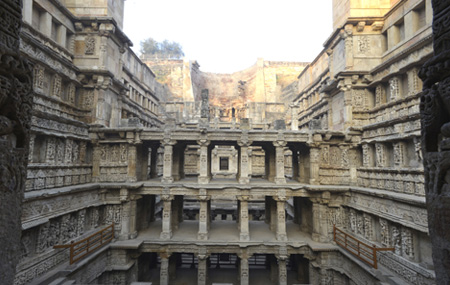Plan your visit
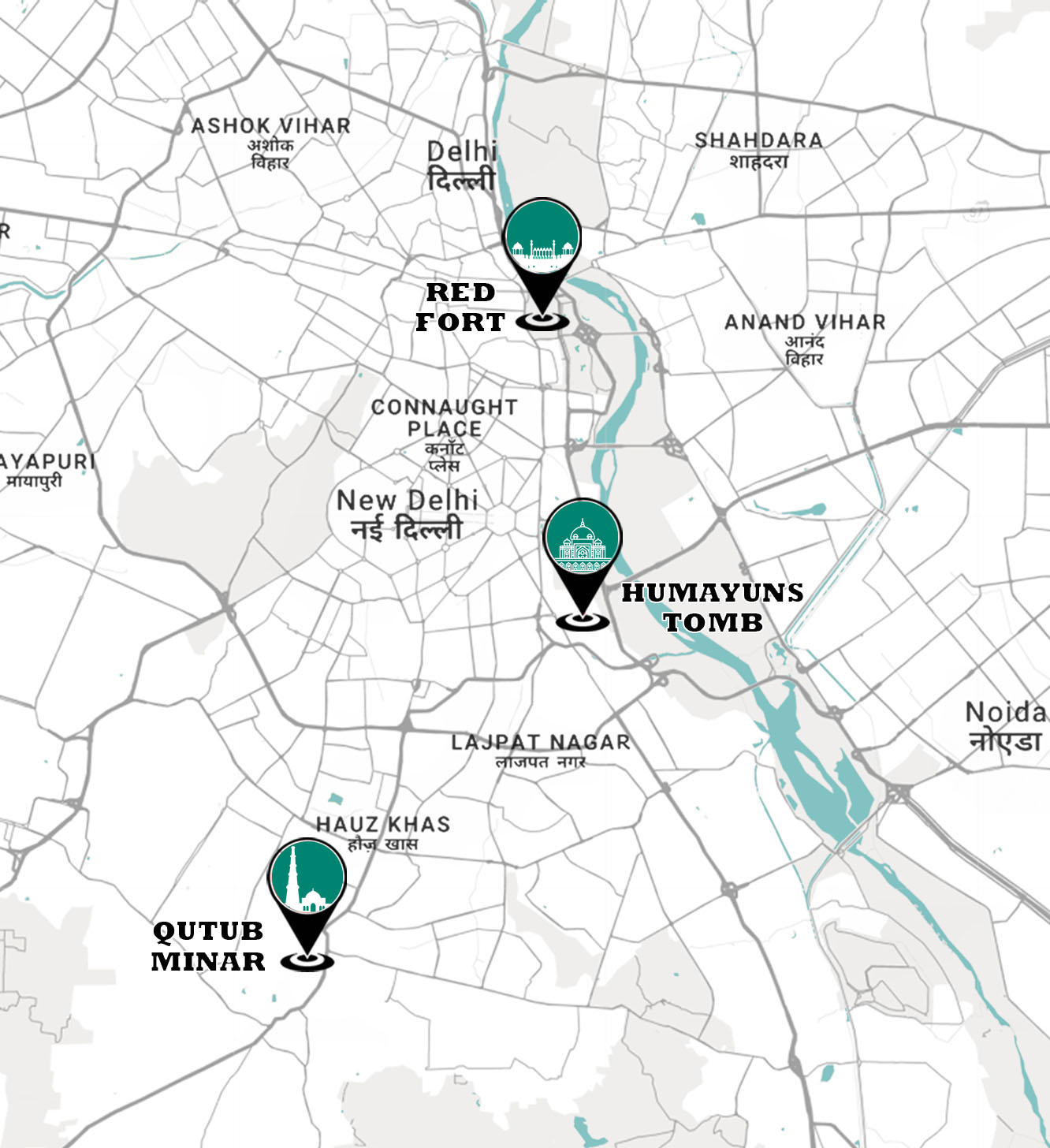
Follow the Footsteps of your Ancestors....
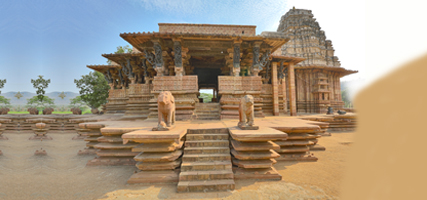
Ramappa Temples, Palampet
Ramappa Temple, also known as the Rudreshwara temple, is a UNESCO World Heritage Site located in the state of Telangana in southern India. It is 66 km away from Warangal, 15 km from Mulugu, 209 km from Hyderabad.
- Cultural Heritage
- Natural Heritage
- Mixed Heritage
World Heritage Committee
The World Heritage Committee, the main body in charge of the implementation of the Convention, has developed precise criteria for the inscription of properties on the World Heritage List. These are all included in a document called "Operational Guidelines" for the implementation of the World Heritage Convention. This document is regularly revised by World Heritage Committee to reflect new concepts, knowledge or experiences. All state parties having World Heritage Property follow the guidelines and ensures it adherence.
Once a site has been nominated and evaluated, it is up to the 21-nation intergovernmental World Heritage Committee to make the final decision on its inscription. Once a year, the Committee meets to decide which sites will be inscribed on the World Heritage List. It can also refer or defer its decision and request further information on sites from the States Parties.
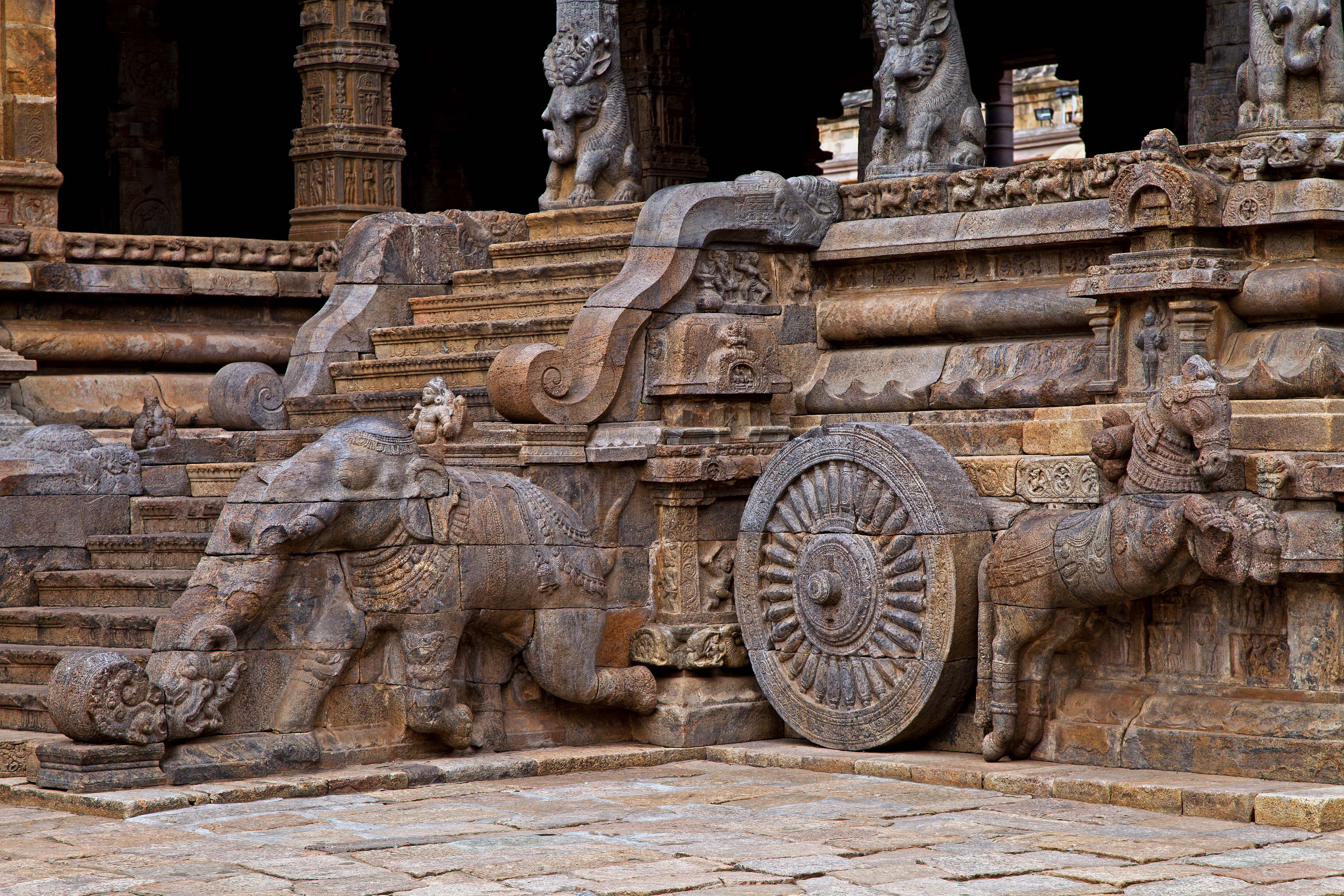
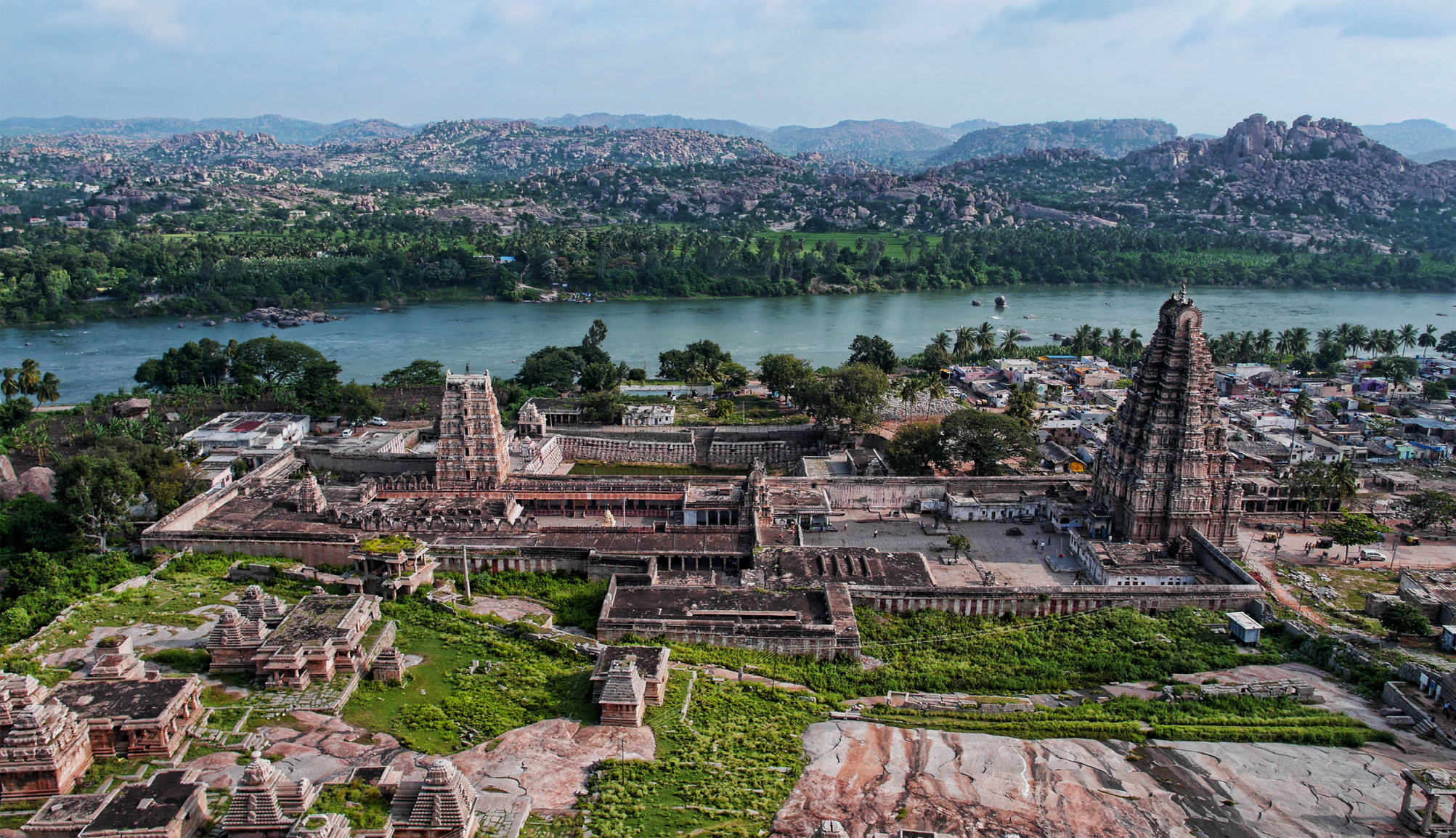
At a glance
The List of recorded sites on the World Heritage now stands at 1154 which include both cultural and natural wonders, and endowment that is shared by all mankind and the protection of which is the concern of the entire mankind. These include 869 cultural, 213 natural and 39 mixed properties in 167 state parties. India is an active member State on the World Heritage from 1977 and has been working in close co-operation with other International agencies like ICOMOS (International Council on Monuments and Sites), IUCN (International Union for the Conservation of Nature and Natural Resources) and ICCROM (International Centre for the study of Preservation and Restoration of Cultural Property).
There are 38 World Heritage Properties in India out of which 30 are Cultural Properties, 7 are Natural Properties and 01 is Mixed Property. In addition to this, there are 48 monuments/sites included in Tentative List of World Heritage.
ExploreCultural World Heritage in India
- Agra Fort (1983)
- Ajanta Caves (1983)
- Archaeological Site of Nalanda Mahavihara at Nalanda, Bihar (2016)
- Buddhist Monuments at Sanchi (1989)
- Champaner-Pavagadh Archaeological Park (2004)
- Chhatrapati Shivaji Terminus (formerly Victoria Terminus) (2004)
- Churches and Convents of Goa (1986)
- Dholavira: a Harappan City (2021)
- Elephanta Caves (1987)
- Ellora Caves (1983)
- Fatehpur Sikri (1986)
- Great Living Chola Temples (1987, 2004)
- Group of Monuments at Hampi (1986)
- Group of Monuments at Mahabalipuram (1984)
- Group of Monuments at Pattadakal (1987)
- Hill Forts of Rajasthan (2013)
- Historic City of Ahmadabad (2017)
- Humayun's Tomb, Delhi (1993)
- Jaipur City, Rajasthan (2019)
- Kakatiya Rudreshwara (Ramappa) Temple, Telangana (2021)
- Khajuraho Group of Monuments (1986)
- Mahabodhi Temple Complex at Bodh Gaya (2002)
- Mountain Railways of India (1999, 2005, 2008)
- Qutb Minar and its Monuments, Delhi (1993)
- Rani-ki-Vav (the Queen’s Stepwell) at Patan, Gujarat (2014)
- Red Fort Complex (2007)
- Rock Shelters of Bhimbetka (2003)
- Sun Temple, Konârak (1984)
- Taj Mahal (1983)
- The Architectural Work of Le Corbusier, an Outstanding Contribution to the Modern Movement (2016)
- The Jantar Mantar, Jaipur (2010)
- Victorian Gothic and Art Deco Ensembles of Mumbai (2018)
- Sacred Ensembles of the Hoysalas (2023)
- Santiniketan (2023)

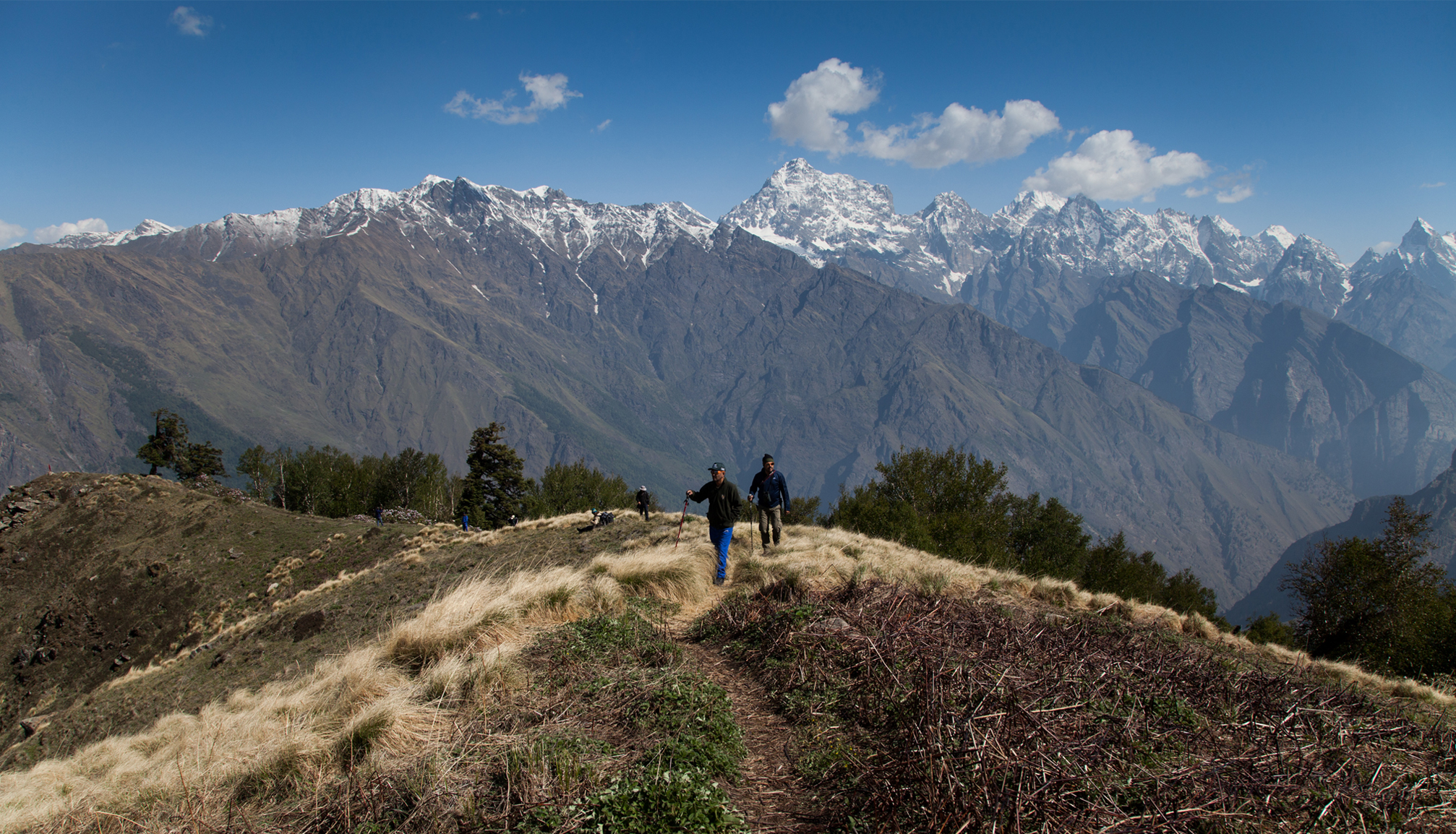
Natural World Heritage Sites
- Great Himalayan National Park Conservation Area (2014)
- Kaziranga National Park (1985)
- Keoladeo National Park (1985)
- Manas Wildlife Sanctuary (1985)
- Nanda Devi and Valley of Flowers National Parks (1988, 2005)
- Sundarbans National Park (1987)
- Western Ghats (2012)
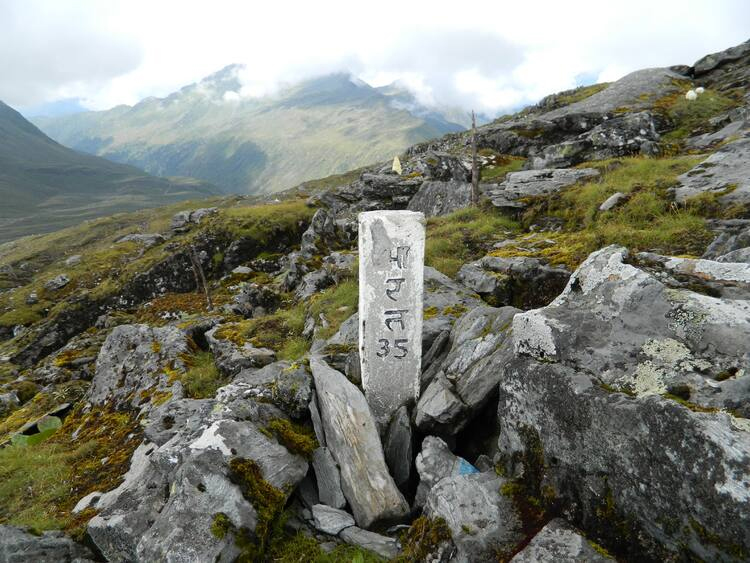
Mixed World Heritage Sites
Khangchendzonga National Park
Located at the heart of the Himalayan range in northern India (State of Sikkim), the Khangchendzonga National Park includes a unique diversity of plains, valleys, lakes, glaciers and spectacular, snow-capped mountains covered with ancient forests, including the world’s third highest peak, Mount Khangchendzonga. Mythological stories are associated with this mountain and with a great number of natural elements (caves, rivers, lakes, etc.) that are the object of worship by the indigenous people of Sikkim. The sacred meanings of these stories and practices have been integrated with Buddhist beliefs and constitute the basis for Sikkimese identity.
Explore
 Home
Home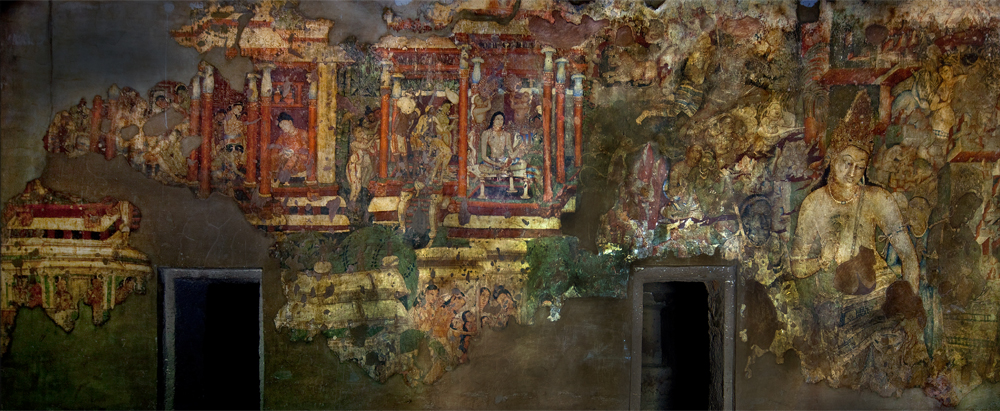
.jpg)
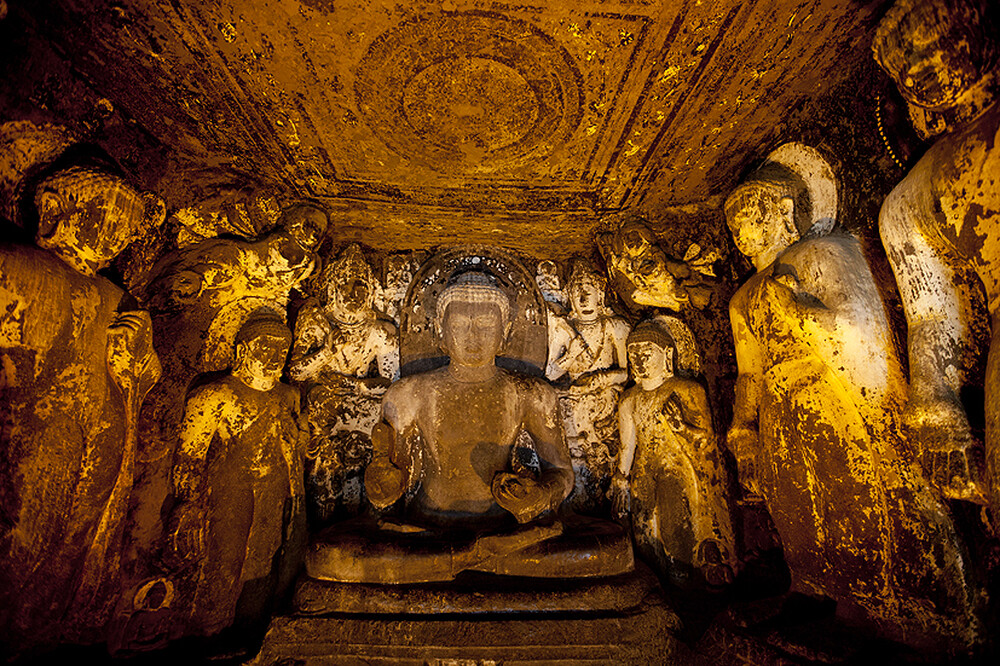

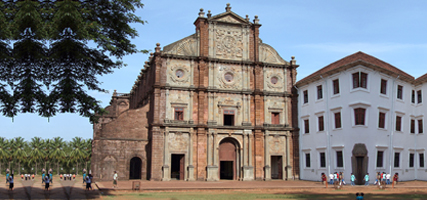
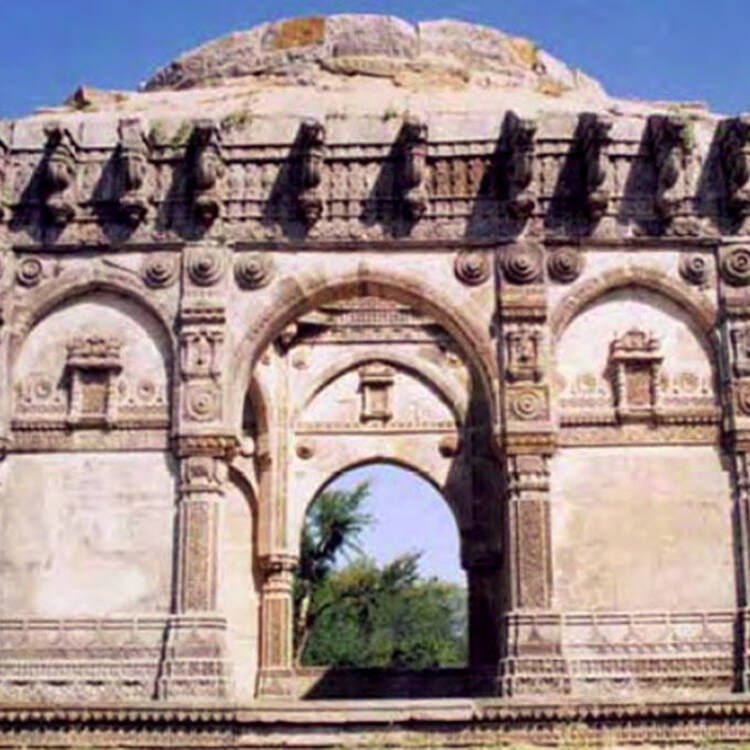
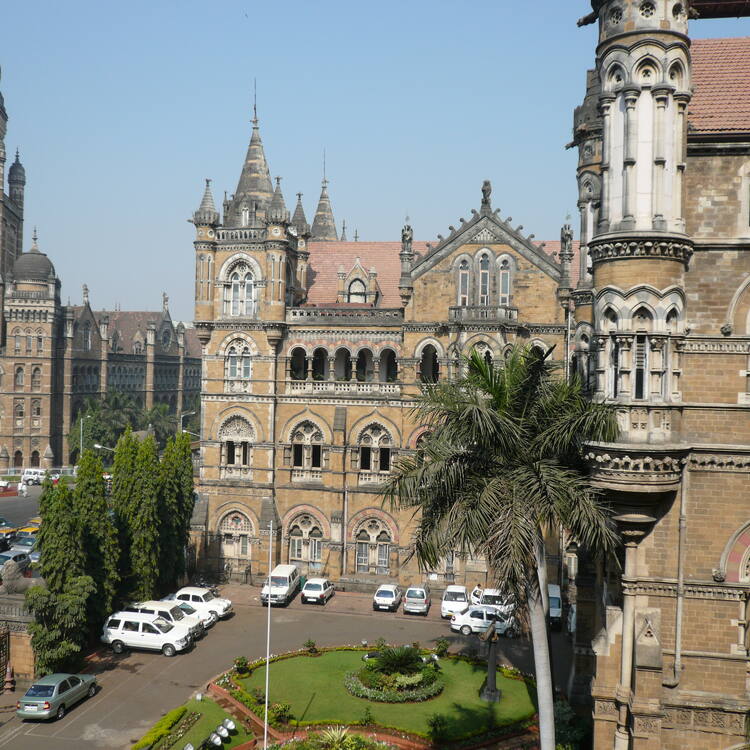
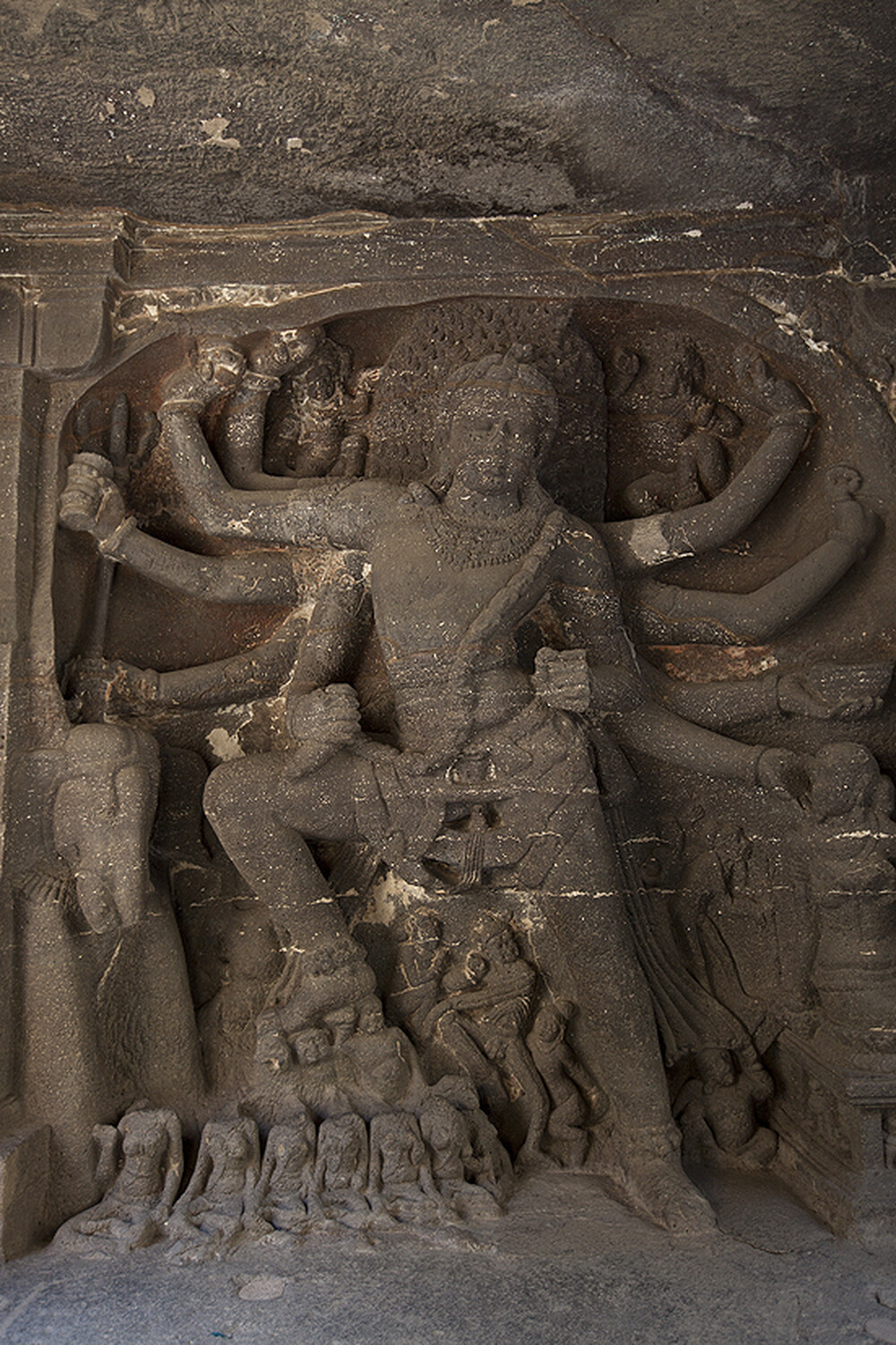
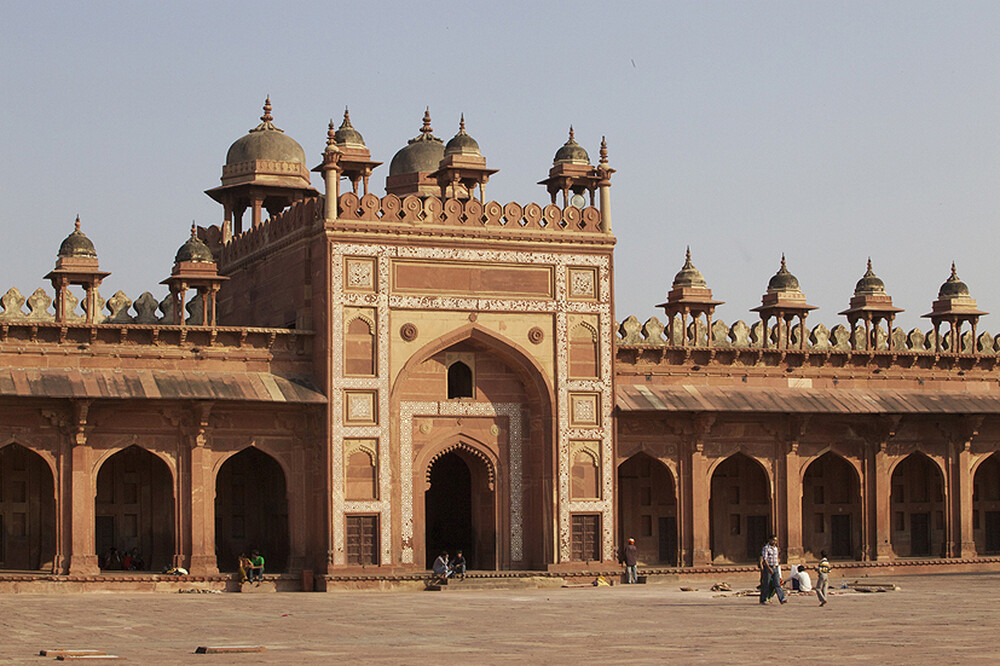
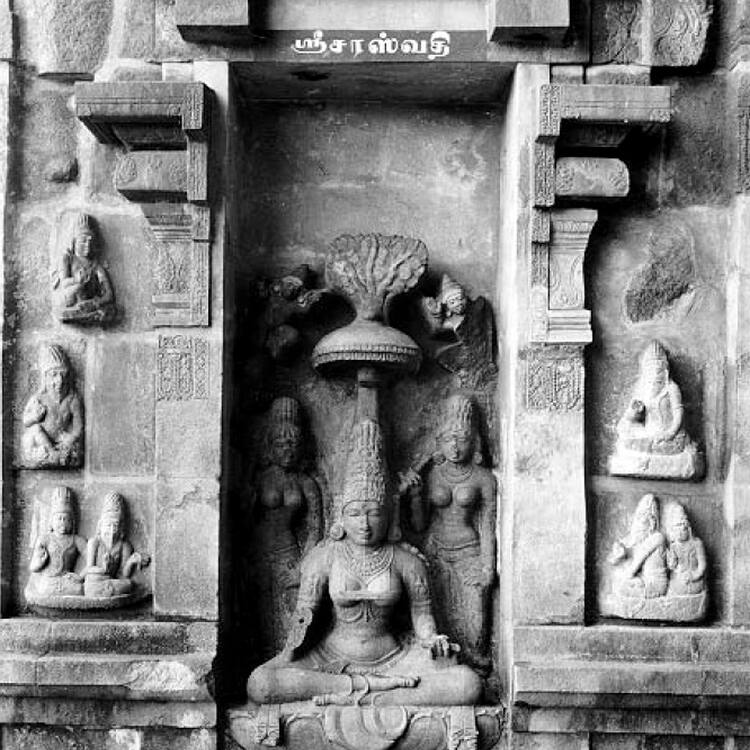
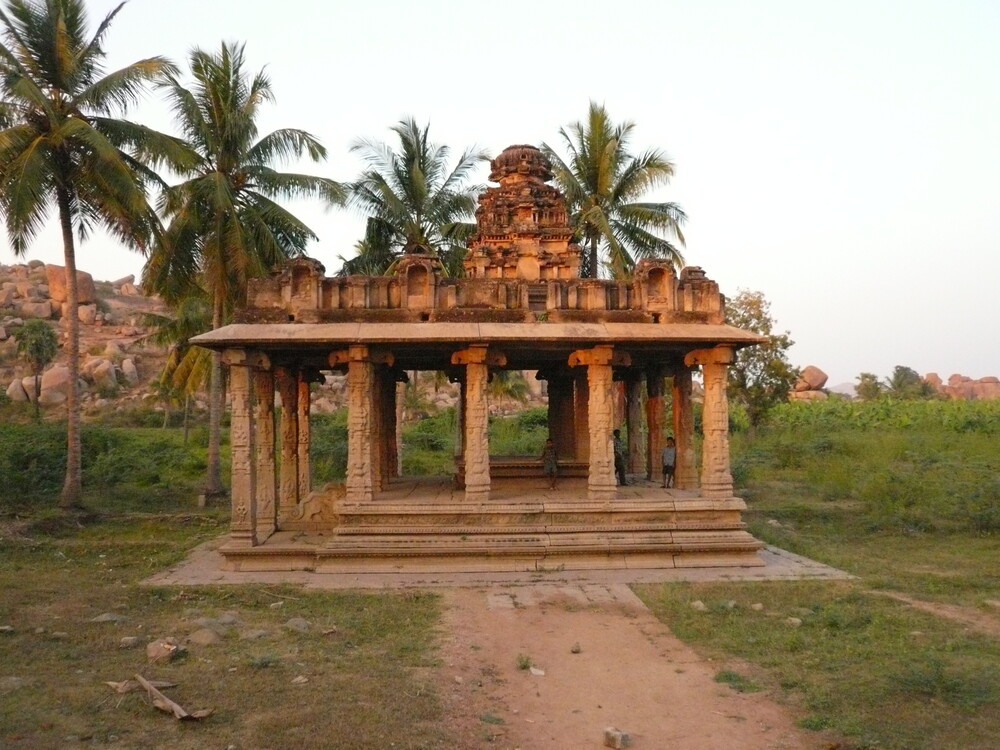
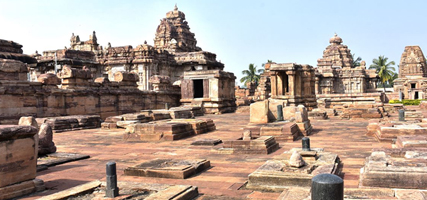
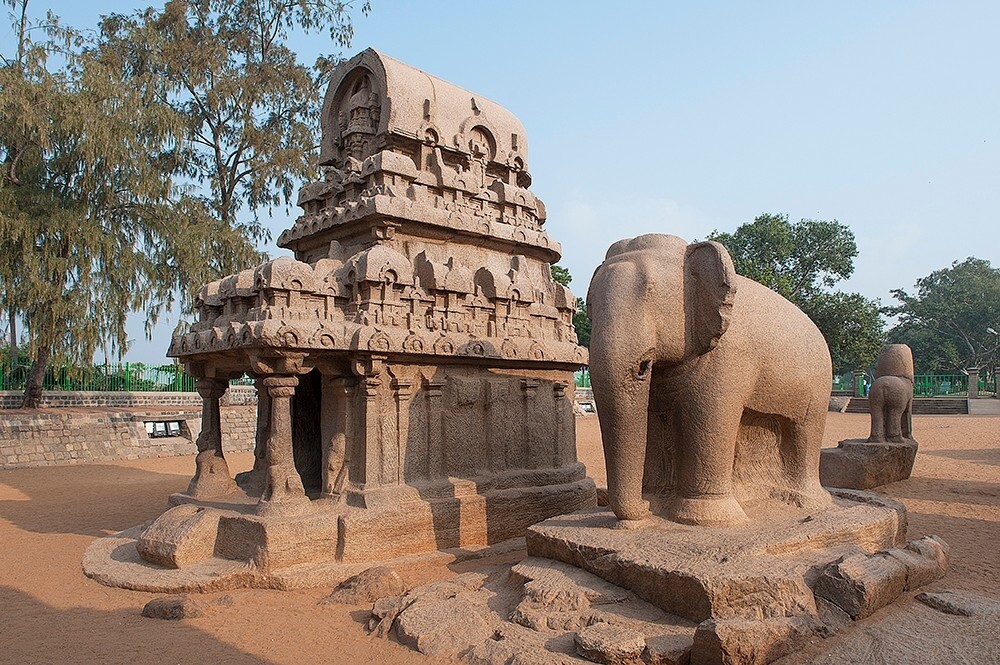
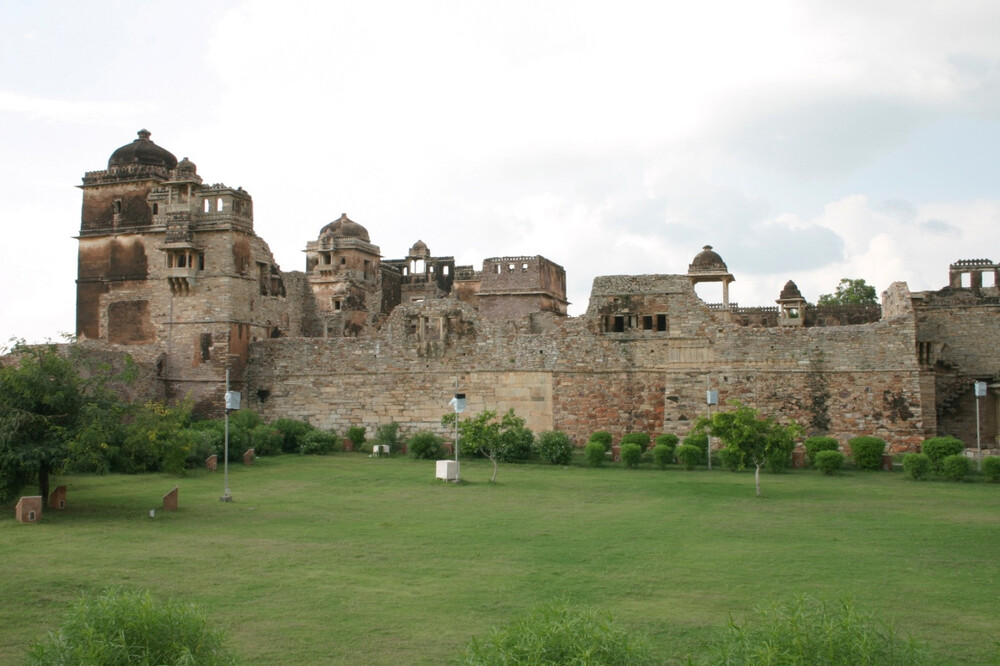
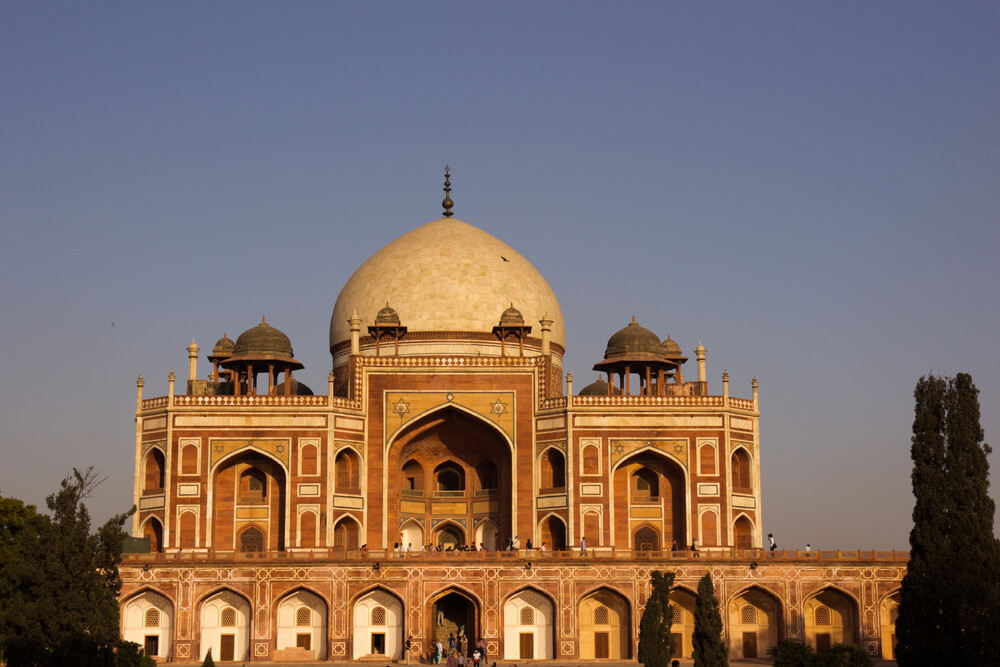
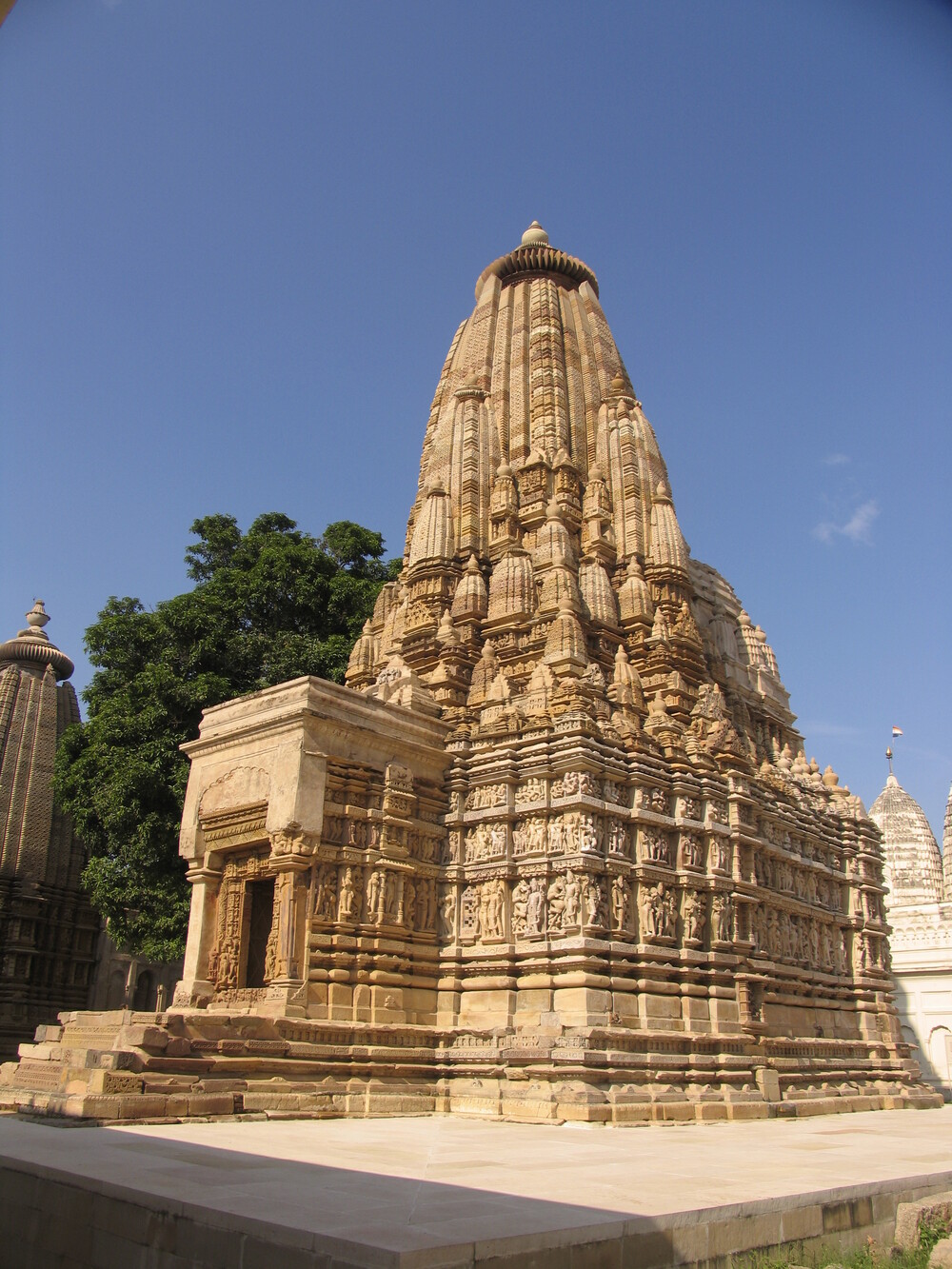
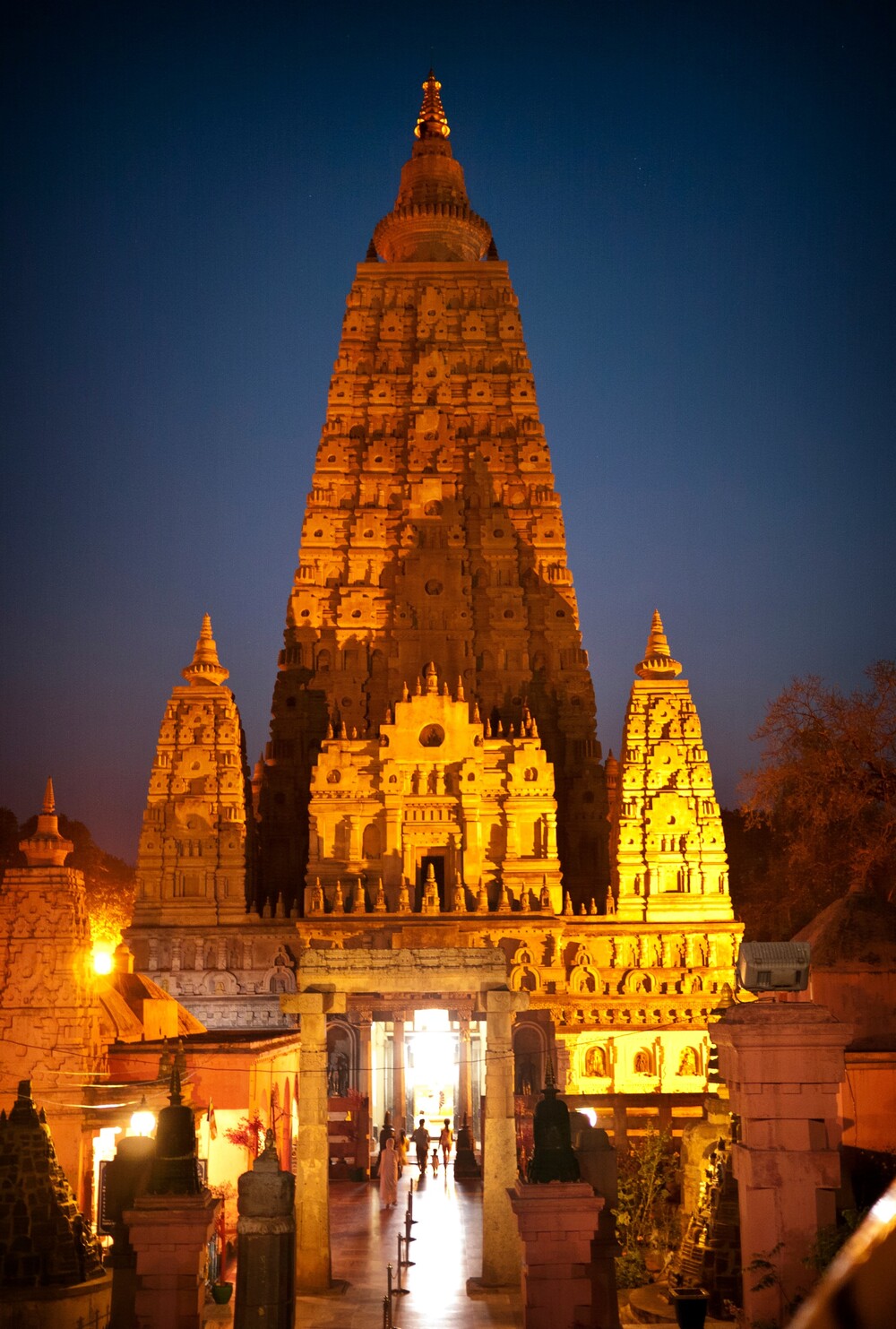
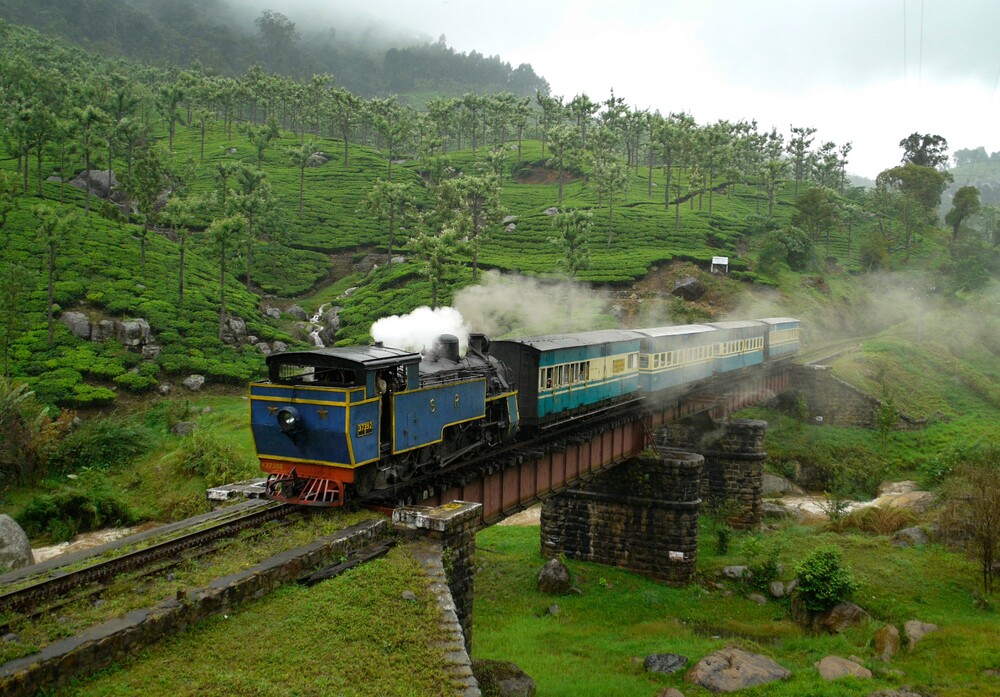
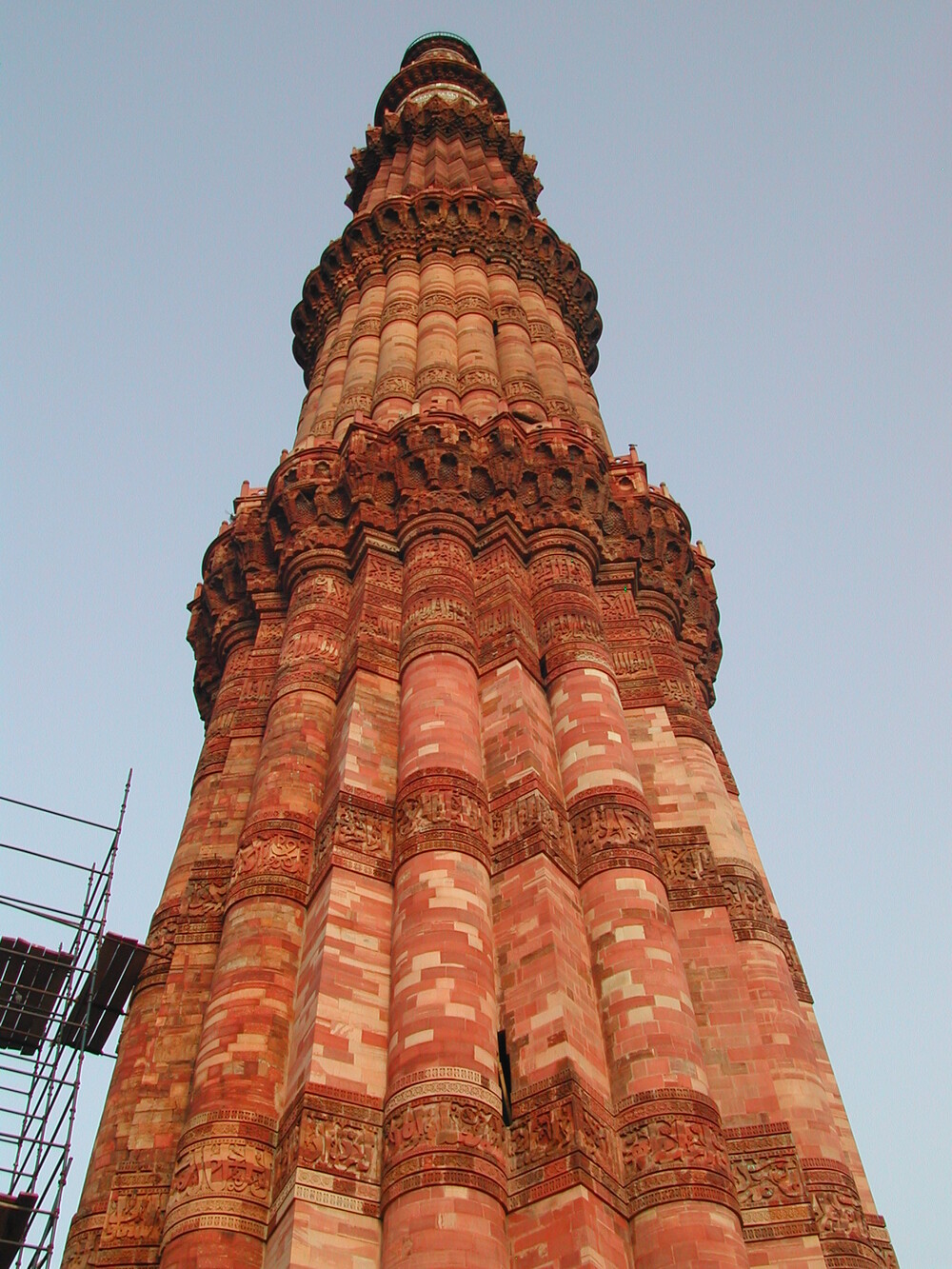
.jpg)
